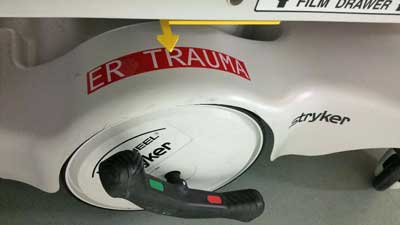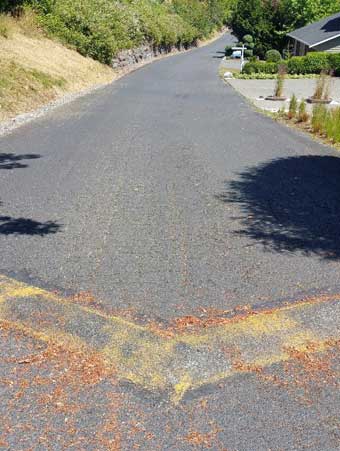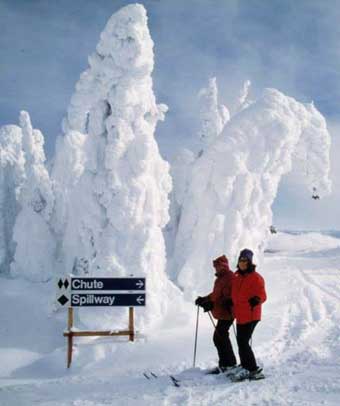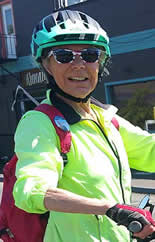
MAY/JUNE 2025, OUR 29TH YEAR
RESCUE ANYWHERE WITH AIRFLARE |
||
by Lynn Rosen, images and video as attributed |
This rescue story strikes a very personal chord in my soul, which I will briefly share with all of you fellow adventurers. My husband had gone out on his daily late afternoon bike ride while I made dinner. When, after a couple of hours he hadnʻt returned, I called his cell phone. NA. Left a message.”Where are you? Call me.” No response. Again. “Are you OK? Call me.” No response. This went on for another 45 minutes or more with no response. I had no idea where he was and feared the worst. Just as I was about to call 911, the phone rang. “Is this Lynn?” “Yes, whoʻs calling?” “This is Dr. Weiche. Your husband is in the ER at St. Josephʻs Hospital.” “Iʻm on my way.”
I tell this story only as a parallel to what couldʻve happened say at a ski resort that had subscribed to the AirFlare app system and how it works with ski area management and ski patrol units to quickly locate those in danger and ultimately save lives. Denis Lee is the co-founder of AirFlare, an app that transforms a mobile phone into a rescue beacon, even if the person in danger cannot respond or if he or she is outside of cell service. Interview with AirFlare founder (3minutes)
As their website states, AirFlare is revolutionizing outdoor safety by turning the smartphone that nearly everyone carries into a new kind of safety and rescue tool that enables a search team to quickly locate an adventurer in need of assistance whether in or out of cell service, or whether conscious or unconscious. The easily downloadable AirFlare app makes it faster to find someone, improves outcomes, and keeps everyone safer as a result. The stories below which are featured in more detail on https://airflare.com, involve successful ski and snow sport rescues, but accidents do happen off the snow as well. * “On Sunday we had two guests duck a rope and exit the resort on our backside. This unfortunately happens at least once or twice a season. Most times it results in an extended search including our local SAR group and often goes well into the night. We were able to use AirFlare and direct them to a place where our patrol met them and got them down the hill, within a matter of an hour.” From Wolfe Ashcraft, VP Resort Operations, Tamarack Resort, ID * “Jay Peak Ski Patrol concluded another successful search yesterday. Three young customers ventured beyond the resort boundary. AirFlare was used successfully to determine their location, and with some coaching, by phone the group was able to struggle back to the base area under their own power.” Dave Marchand, Ski Patrol Director, Jay Peak Resort, VT
AirFlare has mainly focused on skiing and snow sports, downhill ski areas as well as back country outings. Ski areas are critically interested in the ability of this cell phone app to locate lost people in trouble and to save lives and many do smartly participate in their technology. But this simple rescue device covers a far greater scope in its ability to locate accident victims, rescue them, and ultimately save their lives.
AirFlareʻs primary users are resort customers and guests who participate in outdoor activities, e.g., inbounds and backcountry skiers and snowboarders; mountain bikers; hikers and trail runners; families; ski school participants; snow-cat, heli ski and swift water rafting adventurers. The AirFlare website, https://.airflare.com, walks you through the details of how to download and set up this life-saving app. An annual membership is $9.99. For more information, please visit their site.
|

 The warning paint on this water diverter/speed bump had worn away many years ago and was not readily visible to a moving biker.
The warning paint on this water diverter/speed bump had worn away many years ago and was not readily visible to a moving biker.

